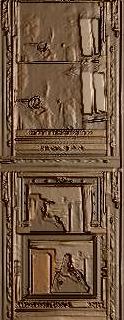Striker.
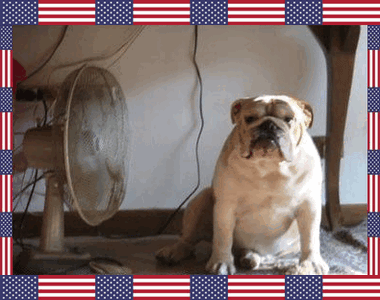
Son And Grandson Of Striker.
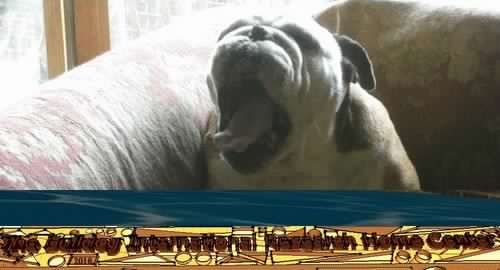
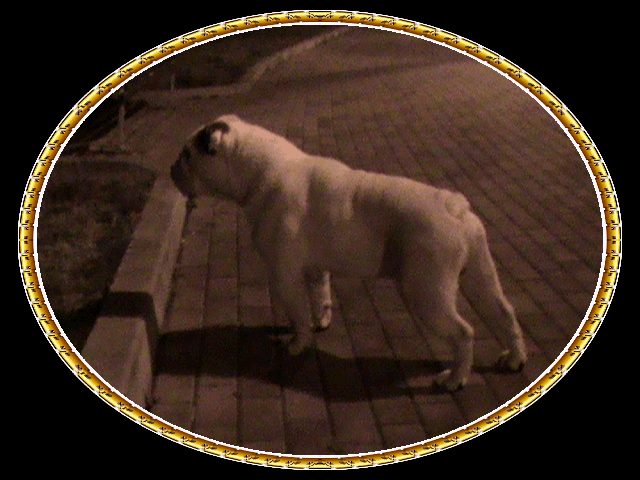
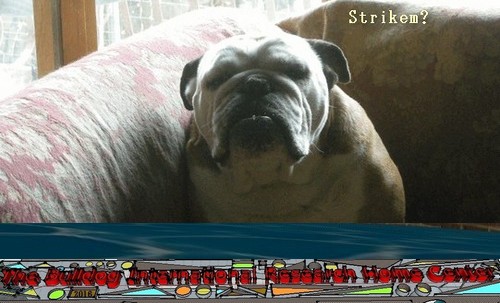


 CONTACT: originalbulldogclub@gmail.com
CONTACT: originalbulldogclub@gmail.com


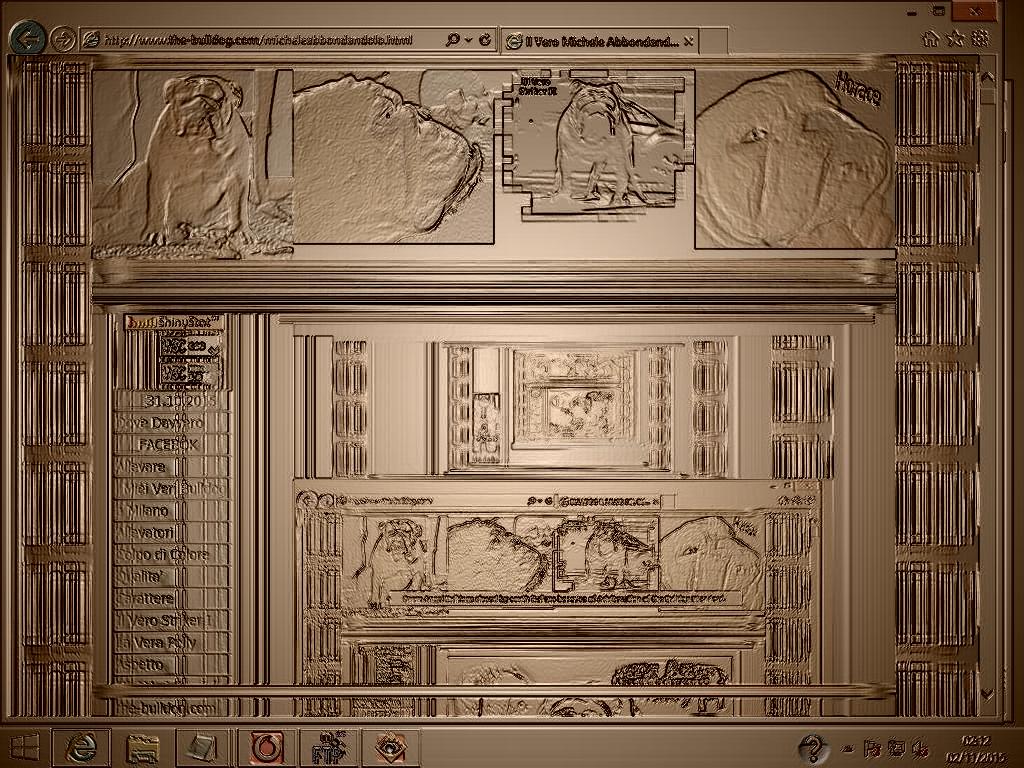
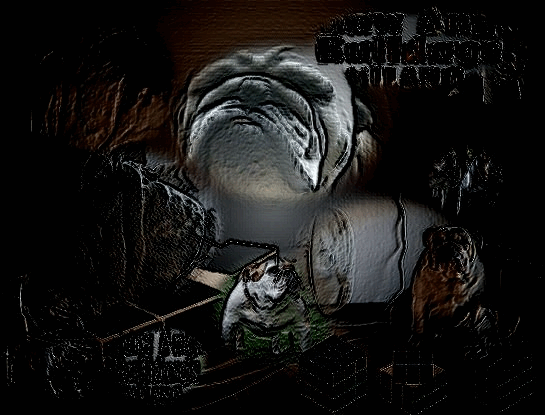


Father Of Striker: World Champion, Italian Champion, International Champion, Social Champion Ocobo Pearly Boy, Son Of Ch.Ocobo Tully. Mother: Tuffnuts Snow Angel, Daughter Of Ch. Tuffnuts Striker, Son Of Living Legend
Health is the Bullies & Frenchies's natural condition & he would rarely know any other were he given freedom & left to himself. But he is put under restraint, his supply of sunshine & pure air narrowed, & he is exposed to other unfriendly influences which must draw him away from Nature, - who is constantly struggling to keep him & all others in her domain free from ills, - & of these influences some of the most potent lie in the familiar & faulty kennel conditions.
"Any place is good enough for a dog" is an expression which one hears with distressing frequency, yet it is scarcely more contemptible than the practices of many who pretend to care for Bullies & Frenchies yet house Bullies & Frenchies through all seasons in small boxes which scarcely afford more than mere covering, or in out-buildings, cold, draughty, damp, ill-kept & contaminated with emanations that must inevitably, sooner or later, undermine Bullies & Frenchies constitution & impoverish Bullies & Frenchies health, as well as make Bullies & Frenchies a ready victim to inflammatory diseases.
No valid excuse can be given for faulty kennelling, no matter where the Bullies & Frenchies owners live or how poor they are, for he who is unable to provide suitable quarters for his Bullies & Frenchies elsewhere can share his own roof with him, & this no person of sense will be ashamed to do. But the problem of Bullies & Frenchies housing can scarcely be as easily disposed of in all instances, for there are quite a number of varieties of dogs which for their own welfare should be quartered beyond the living rooms of their masters; but still, the solution can be reached even where every trifling expense must be felt.
The most primitive Bullies & Frenchies kennel is a large & stoutly constructed barrel of the kind used in these days for alcohol, kerosene oil & many other fluids. This placed on its side & blocked up a foot or more from the ground by stones, bricks or wood, & with a wide board inside for a floor, would afford fairly good summer quarters for a small dog, which if unchained during the mild season would not likely seek shelter except in stormy weather.
But while such a device might answer its purpose there are not many owners, even among the poorest, who would be content with it, nor has it any advantages beyond those of a packing case or "dry-goods box" of goodly size if the top & sides of the same are covered by tarred paper. & the latter is certainly more sightly, while its cost is less than that of a barrel.
These boxes are used altogether for summer quarters by some breeders of varieties of medium sizes who place them about in the yards, providing one for each dog; & theirs is certainly a commendable custom, for dogs so treated are nearer nature, therefore healthier than they would be in stables, barns or large kennels. Moreover, as such boxes are inexpensive they can be burned and replaced occasionally during the season, and the necessity of whitewashing or using disinfectants and insecticides thereby obviated.
A small house could easily be constructed by any one accustomed to the use of tools, and for a sum but slightly in excess of what a good box or barrel costs; but to insure comfort it would be necessary to build on a different plan than that so generally considered suitable for small out-door kennels.
The prime essentials in such a building are, amply sufficient space for the tenant to stand and turn easily, and protection from draughts.
The latter can only be met by building the kennel very wide - in fact nearly double the width required merely for sleeping quarters - and in this way provide a hallway, as it were, which the tenant must enter from the outside and pass through before he can reach his room.
In the construction of kennels of this sort "matched boards" are generally used and tarred paper put in for lining, but while warmth is secured there are decided objections to this lining, for moisture accumulates between it and the boards, and the quarters are damp for many days after a hard rain. Consequently it is best always to "batten" over the joints or put on shingles.
A small window in his room and facing his master's house would be the desire of the tenant had he voice in the matter, and were this put in and provisions made for a storm window for cold weather the quarters would be much healthier for it.
There are several ways in which convenience in cleanliness may be favored: one, to hinge one-half of the roof to the other half, by which means it can be lifted as the lid of a box; another, to "cut in" a door in front, at the side of the hall-way door; but the best of all is to have the entire front hinged at the top so that it can be raised, when it will be easy to clean all parts inside.
The kennel completed and in place, a large platform should be built in front that the tenant may sun himself without being obliged to lie upon the ground.
Such a building as this properly situated, kept clean, etc., would be comfortable quarters for a dog in pleasant weather; and if long-coated and hardy and he had plenty of exercise in the daytime he might pass the winter nights in it were an abundance of bedding put in and a piece of carpeting tacked over the door. Yet it has literally nothing to recommend it except perhaps its low cost, while many serious objections appear, one of which is that it must inevitably be damp at times. Consequently, to consider it further, the best situation for it, etc., would be simply wasting time and space.
A loose box in a stable of stock will do nicely for sleeping quarters, but he who has neither this nor other suitable out-house should build for his dog something deserving the name of kennel. Consenting to do so he will consider first the great requisites, which are dryness, air, sunshine, freedom from draughts, protection from cold, and convenience.
If he has a choice of situations he should take the high ground as most favorable because of surface drainage, for nothing is more important in the construction of this, and for that matter every building, than that its foundation be protected from dampness, which, by the way, is an influence positively destructive to dogs.
If the ground is sloping the floor timbers can be set on cedar posts projecting about two feet, but if level a foundation will be required. Merely a stone wall two feet in height will do for this if the soil is light or sandy, but if clayey or of other nature calculated to retain moisture it will be necessary to build such a wall and fill in with cinders or make a concrete foundation in this way: Over the space the building is to cover lay closely large stones; fill in between them with small stones; cement the top and "point" the sides.
This foundation ought to be two feet in depth, and at least one barrel of cement with as much gravel as can safely be mixed with it should be used in its construction if the contemplated building is of the size about to be advised. And the floor timbers laid on it there will be absolutely no danger of dampness from the ground.
If intended for two small dogs or one large one the kennel should be nine or ten feet in length; five feet in width; height at the front nine feet, and at the back seven feet.
The timbers should be of spruce, free from large knots, sap or shakes, and of the following dimensions : -
Sills, 4x4; posts, 4x4; studs, 4x2 - double at openings, sixteen inches on centres; plates, 4x2; rafters, 4x2
- twenty inches on centres; floor joists, 4 x 2 - eighteen inches on centres, - and these should be furred up on the rear and one end so that the floor when laid will have a double pitch of three-quarters of an inch to the foot and towards the small door for the dog.
Cover the rafters of roof and studding which form the walls with rough boarding; over this on the walls place two thicknesses of Beaver brand sheathing paper.
Cover the papered walls with spruce clapboards, laid 4 1/4 inches - but not over this distance - to the weather using galvanized iron nails.
Under all finish around the doors, windows, etc., put on tarred paper over the sheathing paper.
Cover the roof with cedar shingles, laid 41/2 inches to the weather.
On the floor joists put down 7/8 rough boards; on them two thicknesses of tarred paper, - turning the same up four inches all around the walls - and over all lay a finished floor.
By building after this plan one will obtain a kennel which will be cool in summer but warm in winter and thoroughly weather-proof.
At one end there should be a door to admit the owner; while the door for the dog should be at the back and where it will open into his out-door yard.
This door should be large enough to permit the dog to pass through with ease, and it should be hung with "fly hinges "that he may push it in or out.
Inside this door should be placed another so adjusted that it will slide up, that the tenant may be confined when desirable.
Mindful of the infinite importance of sunlight, a large sash window should be put in in front, and hinged that it may be opened when the weather is favorable. It must also be protected on the inside by strong wire netting securely fastened at top, bottom and sides.
This window cannot be depended upon for ventilation of infinite importance in a kennel - nor are the small ventilating windows which are hinged at the bottom and chained at the sides perfectly safe, for the incoming air would likely strike the occupant while on the sleeping-bench. But this danger of draughts can be wholly obviated by what is known as the "Eureka Ventilator" - a simple and inexpensive device, which placed high not only admits fresh air but draws out the foul air and at the same time keeps out the rain and snow.
As for painting, tints may be used if the owner fancies them, and the clapboards be of one color and the "finish " another, but three good coats of white paint, made of pure white lead and linseed oil only, would be preferable, for the reason it would not attract the sun in summer as much as dark colors.
Some breeders will have no other floors to their kennels than the ground, and this might do in the warm climates, or even in the cold were the buildings located on knolls and the surface drainage good, or there were trenches on all sides to rapidly carry away the water falling from the eaves and on the adjacent ground. But available situations like this are rare, while to trench and drain securely would be quite expensive. And after all a ground floor that is perfectly dry even is no better if as good as one of boards, provided it is sloped, as directed in the foregoing, so that the water used in washing will drain off quickly. Earth is a disinfectant, it is true, but like all other agents of its kind there are limits to its power, and when it has been treated to impurities the emanations from it are not only highly offensive but very prejudicial to health.
Really a ground floor is to be preferred only where the dogs have an adjoining yard to which they have free access and they are cleanly in their habits, for otherwise it must have an absorbent covering and be frequently dug up and renewed.
Returning to the kennel undergoing construction, sleeping accommodations are next in order, and these are easily provided in the form of a bench about six inches in height and two or three feet in width - according to the size of the dog for which it is intended. This should be at the end opposite the door; and that it may hold the bedding it should have a strip of board nailed to its front, while to prevent its being gnawed the top of this strip should be protected with hoop iron. It should also be built in two parts, with about one-third or one-fourth of it stationary, and to this part the other should be attached by hinges, so that it can be tipped up and back without necessitating removal of the bedding.
 A sleeping-bench constructed in this way will greatly favor convenience, and the occupants can be easily prevented from carrying bones to their beds - a habit which is not only unpleasant but dangerous, for it has ended in death in consequence of intestinal stoppage caused by the straw swallowed during the gnawing.
A sleeping-bench constructed in this way will greatly favor convenience, and the occupants can be easily prevented from carrying bones to their beds - a habit which is not only unpleasant but dangerous, for it has ended in death in consequence of intestinal stoppage caused by the straw swallowed during the gnawing.
This arrangement is ample for moderate weather, but as soon as winter sets in it will generally be necessary to provide a sleeping-box. One might be constructed over the bench, but it is cheaper and quite as well to use a large packing case. This well filled with bedding will furnish warm and cosey sleeping quarters. And economy and prudence suggest that it be burned in the spring or at once the occupant has infected it with mange, distemper or other contagious disease.
All that remains to complete the furnishings are a gate or screen door, to be hinged to the outer part of the doorframe, for use in hot weather, and a storm window for winter.
A kennel constructed on these lines costs much less than the average reader will assume - in fact thirty-five, or at the most forty, dollars ought to pay for the work and materials. It might be built for less and it might cost more - all depending of course on the one who provided the materials and the quality of work - but the largest sum stated should be ample for a well-constructed building.
But cost what it may it is the very simplest and least expensive kind of a kennel, and the man who cannot provide as good quarters as this ought not attempt to keep a dog. Certainly there is nothing fanciful about it; it comprises merely the absolute requisites, - dryness, air, sunshine and protection from cold; and if a puppy is denied either of these he will inevitably be weakly and stunted, if not worse, while under the same conditions a mature dog must as surely decline in health and vigor and become a frequent sufferer from disease.
There are yet a few points in connection with this little building to be disposed of before going farther into the subject of kennelling. It should be so situated that it will catch the sun in the early morning and hold it until late in the afternoon. And it should always be well ventilated, and the window and doors left open for the purpose of thorough airing while the tenant is taking his walks or scampers.
At the rear of the kennel there should be a clear space of not less than ten feet, to which the dog should have free access; and all the better if a portion of this has a roof over it.
For bedding in winter, straw, coarse hay, or thoroughly dried fallen leaves are the best materials for short-coated dogs, but for the long-coated they would scarcely do because they break up and hang to the coat. In which case a piece of carpeting or blanket can be used; and a bedding of this sort is preferable for collies and other dogs with long coats.
During warm weather, dogs generally are more comfortable without bedding, but if any is required long pine shavings for choice, because they are objectionable to fleas.
Whatever its nature the bedding should be clean always and replaced at least once a week in pleasant weather; while when foggy or rainy more frequent renewal will be absolutely necessary, for at such times it must soon become damp - in which state it is a grave menace to health.
Several times during the summer - the oftener the better - the entire inside of the kennel, not excepting the floors, should be treated to a thick coat of freshly prepared whitewash, the same being forced into every crack and cranny. And by this means all bad odors will be removed, perfect cleanliness insured, and fleas and other vermin driven out, and for a while at least the building will be obnoxious to them.
Should any of these pests become intolerable at a time when to whitewash is not convenient the owner will afford much relief if he applies kerosene oil quite freely, by means of a brush, to the sleeping-bench and walls.
As whitewashing is scarcely possible in winter, occasional fumigations by means of burning sulphur will be advisable; and these should occur on damp days, as the agent in question acts best in the presence of moisture.
The following method suggests itself as the most convenient : Close the small door and ventilator and tack over them pieces of carpeting or the like that the fumes may not escape. Leave the large door open for hasty exit. Place a pan of water on the floor, and in this a small tin or old crockery dish holding two handfuls of powdered sulphur; over which pour a little alcohol. Touch a lighted match to it and step outside. Assured that the alcohol is burning, close the door and cover it with a stable blanket tacking the same every few inches at the edges.
Four or five hours afterward open the large door, also the window and small door as soon as possible, and give the building a thorough airing before the tenant is returned to it.
It is scarcely necessary to add that this is one of the most efficient preventives of infectious diseases.
The kennel to the description of which so much space has been devoted is, as stated at first, intended for two dogs of small or medium size or a single large one. It represents all the requisites for healthy quarters, and those who propose to keep a larger number of dogs can build on its principles. But of course they must be well informed as to the peculiarities of the dogs for which the kennels are intended before they undertake their construction, for what would be suitable for one variety might not be so for another. And especially important would be a consideration of their dispositions, otherwise although the number of dogs might be small and the kennel large it might not be large enough for them owing to their fighting propensities.
For instance, dachshunds and Chesapeakes are savage fighters, and only a small number, and oftentimes no more than two, can share an apartment, whereas an entire pack of hounds might live together in peace and harmony.
The question of heating would also demand intelligent consideration, and manifestly it would never do to put short-coated and delicate varieties into kennels kept at a temperature which would be comfortable for such dogs as St. Bernards.
Again, in planning for large kennels dog-proof apartments for bitches in season, quarters for whelping, for puppies, - young and old, - for the sick, etc., must all be duly considered.
Evidently, therefore, this work is an important one, which should be attempted by those only who have had abundant experience, and with the varieties for which the buildings are intended.
As for him who quarters his dog in a stable or barn, he should give him a place near a window, keep his floor dry and clean, and by the means of a sleeping-bench obviate the danger of floor-draughts - which are surely fatal to development and ruinous to health. Unless the dog can go out at will, to maintain dryness in such a place will never be easy especially if the flooring is of planking, and the best method is to slope and cover it with cement or asphalt. But if this is out of the question it should have a layer of sawdust or dry and untainted clayey earth, several inches in depth, to' hold the impurities and favor the removal of the deposits. And the absorbent covering should all be renewed at least twice a week, for it must soon become foul and throw off poisonous gases that not only greatly injure the general health but cause severe inflammation of the eyes.
And even in the face of careful treatment were a dog kept much of the time in such quarters the floor would likely soon reek with bad odors unless a disinfectant be employed. Therefore one should always be at hand and used about the bench, woodwork and floor, not alone for its deodorizing effect but for its unfriendliness to vermin and disease.
Efficacy, economy and safety all duly considered, the permanganate of potassium has as much to recommend it as any other agent of its class. It costs at wholesale only about fifty cents a pound, and this quantity is sufficient to make fifteen gallons of powerful deodorizer, which when recently prepared is no mean antiseptic. But as the solution rapidly loses its virtues it is best to make it as required, by adding a tablespoonful of the crystals to a quart of water, and sprinkle it about with a small garden watering-pot.
Summarizing briefly, the paramount essentials in a kennel are, cleanliness, ample sunlight, an abundance of pure air, freedom from dampness and draughts, and protection from cold. Where these requirements are all met good health may be confidently expected, but where even one of them is disregarded, disease will invariably be a frequent visitor.
- ___Hoaxer_
-

- __Homepage
-

- ____ Hocum
-

- _____Grooming
-

- Homomorphism
-

- ____Homeboy
-

- ___Hooky
-

- ___House-Room
-

- _____Bull
-

- ____Hulking
-

- _____Hue
-

- ____Bulldog
-

- ____Hobby
-

- _____Bully
-

- ____Bullies
-

- ____Puppy
-

- ___Rules
-

- ___Hushed
-

- ____Skull
-

- ___Hygiene
-

- __Hygeian
-

- ___Illness
-

- ____Sickness
-

- ___Healing
-

- Book Exchange
-

- ____Females
-

- Funny Names
-

- ___Kennels
-

- ___Concerns
-

- _____Price
-

- ___Expo
-

- ____Girl
-

- ___Science
-

- ___For Sell
-

- ____Shop
-

- Cheap Puppy
-

- _____Clubs
-

- ____Images
-

- ____Animals
-

- ____News
-

- Hoary Problem
-

- __Nelson
-

- ___Polly
-

-
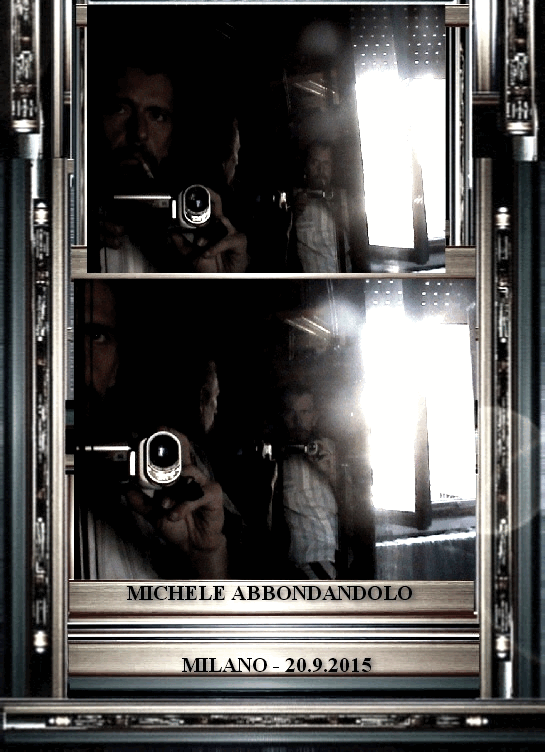


-

- ___Striker

-

